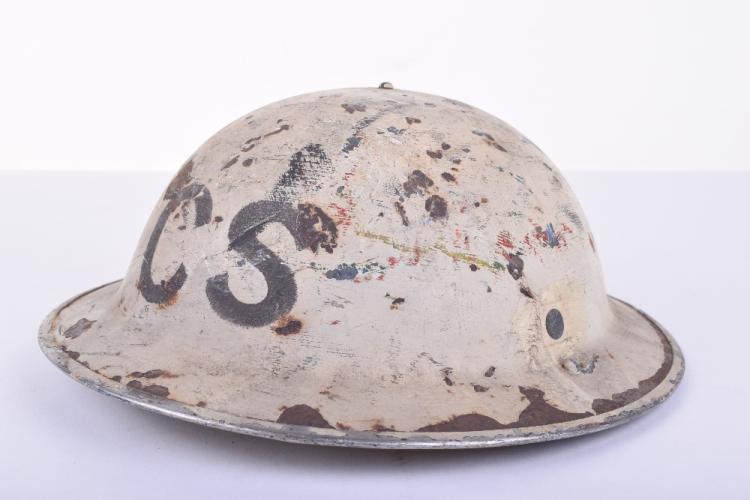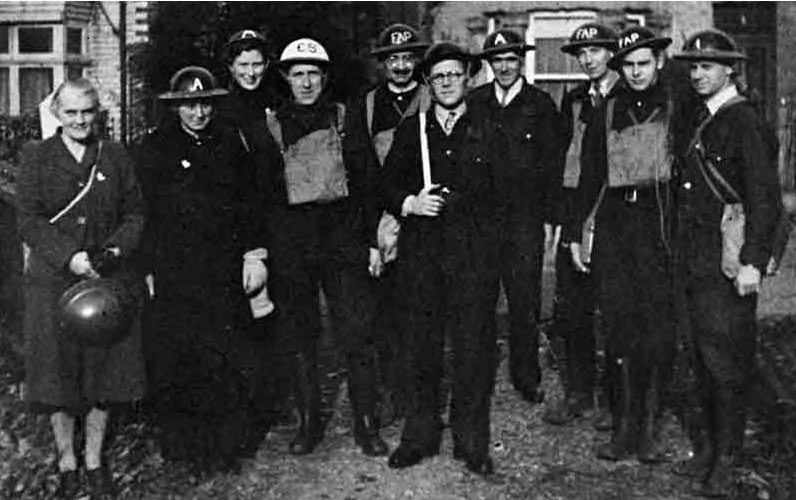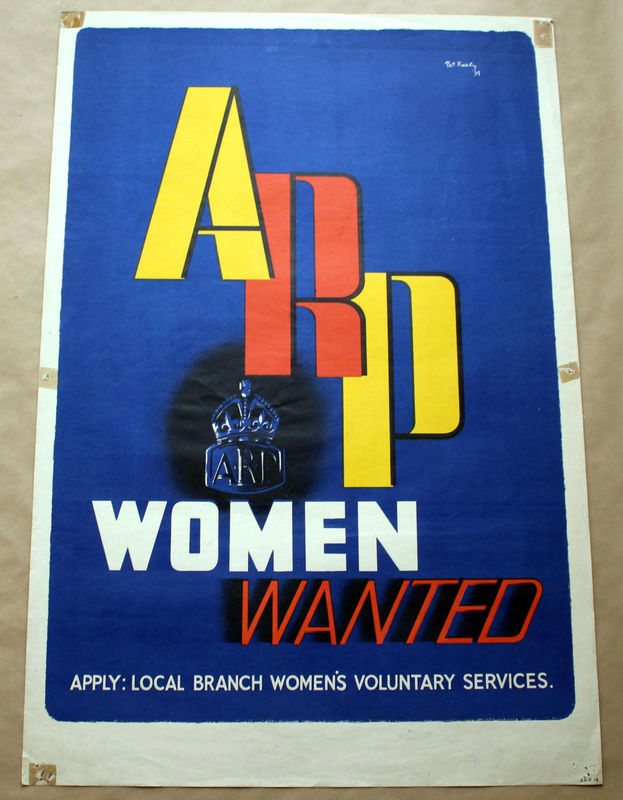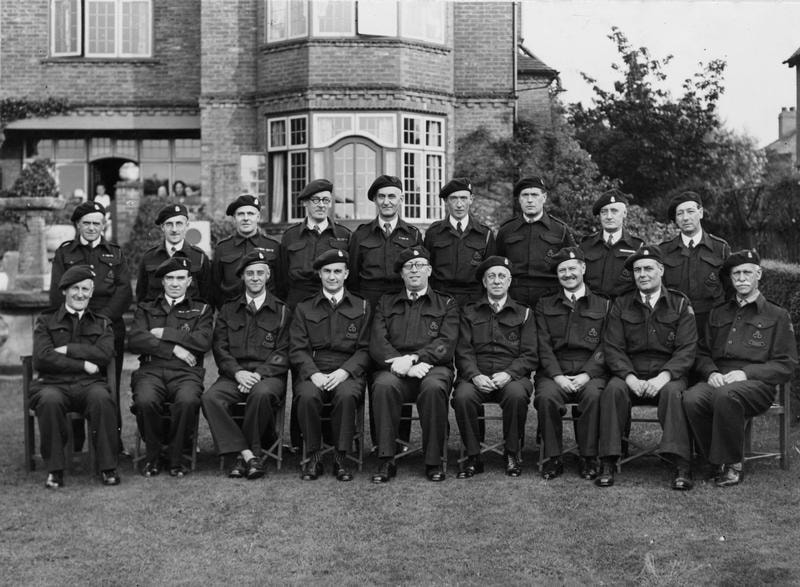|
The tube of ready-to-use blackout tape would be cut to size, dipped in water and stuck to a window. The claim made by the manufacturers that it also "reinforced the window" is well, stretching it a bit...
0 Comments
Carrying on from yesterday's blog I came across this helmet being discussed on the War Relics Forum. With two black bands this helmet would be for a senior officer in the Casualty Services department.
Casualty Services (CS) were organised by a city's or local authority's Chief Medical Officer of Health. Under the CS were all the various medical services such as Casualty Receiving Hospitals (for serious injuries), permanent First Aid Posts (FAP - for lightly wounded; as the was developed First Aid Points were also created to alleviate pressure on hospitals), Ambulances, Mobile Units (MU - to assist at major incidents), Gas Cleansing Stations (to deal with injuries from chemical and poison weapons) and Mortuaries (both existing and temporary).
As the demands on the war drew more men into the services there was a need for the gaps to be filled by women. A number of posters (like the one below) were created mainly by the Department for Home Security to draw people into the ARP and Civil Defence services.
An interesting group portrait of wardens from York. Three fellows in the front row have a badge on their left sleeve which appears to be a version of the Bomb Reconnaissance Officer (BRO) badge. This looks quite large and could be cut down from the armband (this has been seen on other photos).
|
Please support this website's running costs and keep it advert free
Categories
All
Archives
June 2024
|
|
|
Copyright © 2018–2024
|







 RSS Feed
RSS Feed